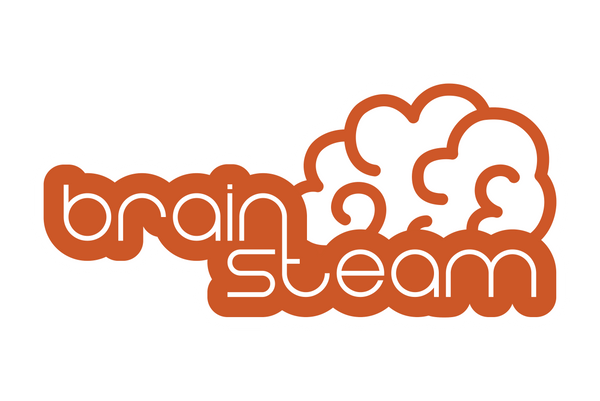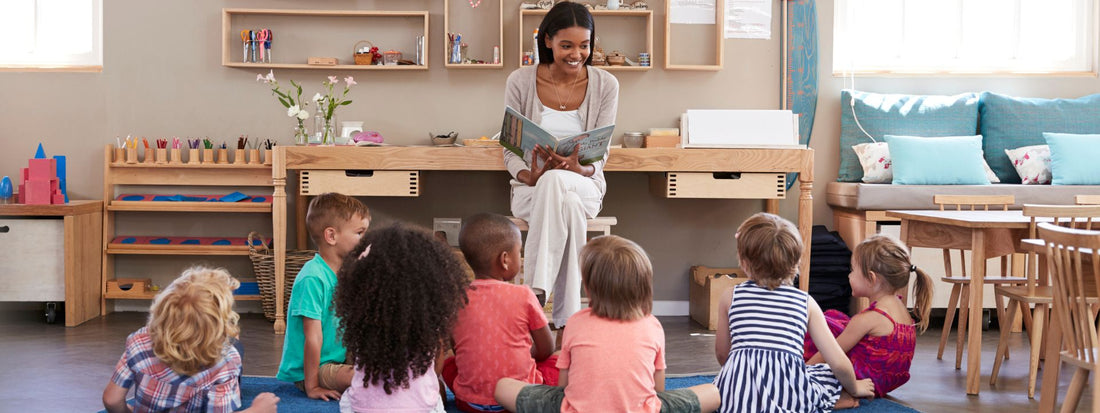- Introduction to STEM Storytime
- Definition of STEM Storytime
- Importance of integrating science and literacy
- Benefits of Integrating Science and Literacy
- Enhanced learning experience
- Development of critical thinking skills
- Bridging the gap between subjects
- How to Implement STEM Storytime
- Selecting appropriate books
- Planning interactive activities
- Incorporating hands-on experiments
- Examples of STEM Storytime Activities
- Reading a book about the solar system followed by a craft activity
- Exploring the life cycle of a butterfly through storytelling and observation
- Measuring Success
- Assessing student engagement
- Tracking progress in both science and literacy
- Challenges and Solutions
- Lack of resources
- Overcoming resistance to change
- Case Studies
- Successful implementation in elementary schools
- Parental Involvement
- Encouraging parents to continue STEM activities at home
- Professional Development for Teachers
- Training opportunities to enhance STEM integration skills
- Supporting Diversity and Inclusion
- Ensuring representation in STEM literature
- Creating inclusive learning environments
- Impact on Future Success
- Preparing students for future STEM careers
- Fostering a love for learning
- Community Engagement
- Partnering with local organizations for additional resources
- Adapting to Remote Learning
- Strategies for integrating STEM Storytime in virtual classrooms
- Continuous Improvement
- Seeking feedback from students, teachers, and parents
- Conclusion
- Recap of the benefits of STEM Storytime
- Call to action for educators to implement these practices
In today's educational landscape, the integration of science and literacy has become increasingly important. Educators are constantly seeking innovative ways to engage students and foster a deeper understanding of both subjects. One effective method gaining traction is STEM Storytime.
Introduction to STEM Storytime
STEM Storytime is a pedagogical approach that combines science, technology, engineering, and mathematics (STEM) with literacy components. It involves selecting books that not only promote literacy skills but also introduce scientific concepts in a captivating manner.
Benefits of Integrating Science and Literacy
Enhanced Learning Experience
By intertwining science and literacy, students are provided with a more holistic learning experience. They develop a deeper understanding of scientific concepts while simultaneously honing their reading, writing, and comprehension skills.
Development of Critical Thinking Skills
STEM Storytime encourages students to think critically and analytically. Through discussions and activities related to the stories, they learn to ask questions, make connections, and draw conclusions—essential skills for success in both academics and real-world scenarios.
Bridging the Gap Between Subjects
Traditionally, science and literacy have been treated as separate entities in the curriculum. However, integrating the two allows students to see the interconnectedness between different disciplines. This holistic approach fosters a more comprehensive understanding of the world around them.
How to Implement STEM Storytime
Selecting Appropriate Books
When choosing books for STEM Storytime, educators should look for titles that not only align with science standards but also engage students' interests. Opting for diverse and inclusive literature ensures that all students feel represented and engaged.
Planning Interactive Activities
To enhance learning outcomes, educators should incorporate interactive activities related to the stories. This could include hands-on experiments, group discussions, or even field trips to reinforce scientific concepts introduced in the books.
Incorporating Hands-on Experiments
Hands-on experiments allow students to apply what they've learned in a tangible way. Whether it's planting seeds to learn about plant growth or conducting simple physics experiments, these activities make science come alive for young learners.
Examples of STEM Storytime Activities
One example of a STEM Storytime activity is reading a book about the solar system followed by a craft activity where students create their own model of the solar system using art supplies. This not only reinforces the scientific concepts introduced in the book but also allows for creativity and hands-on exploration.
Another example is exploring the life cycle of a butterfly through storytelling and observation. After reading a book about butterflies, students can observe real caterpillars as they go through metamorphosis, providing a memorable and immersive learning experience.
Measuring Success
Assessing Student Engagement
Engaging students in STEM Storytime can be measured through various means, such as observing participation during activities, analyzing comprehension through discussions, and evaluating the quality of student work produced.
Tracking Progress in Both Science and Literacy
Educators can track students' progress in both science and literacy by monitoring their performance on assessments specifically designed to measure these skills. By tracking growth over time, educators can identify areas for improvement and tailor instruction accordingly.
Challenges and Solutions
Lack of Resources
One challenge in implementing STEM Storytime is the availability of resources, particularly books and materials that align with both science and literacy standards. To overcome this challenge, educators can seek out free or low-cost resources online, collaborate with other educators, or apply for grants to fund classroom materials.
Overcoming Resistance to Change
Introducing new pedagogical approaches can sometimes be met with resistance from stakeholders. To overcome this, educators should provide professional development opportunities to familiarize staff with the benefits of STEM Storytime and address any concerns or misconceptions.
Case Studies
Numerous case studies have demonstrated the effectiveness of STEM Storytime in elementary schools across the country. Schools that have implemented this approach have reported increased student engagement, improved academic performance, and a greater enthusiasm for both science and literacy.
Parental Involvement
Encouraging parental involvement is crucial for extending STEM learning beyond the classroom. Educators can provide parents with resources and activities to continue STEM exploration at home, fostering a supportive learning environment that reinforces classroom instruction.
Professional Development for Teachers
To ensure successful implementation of STEM Storytime, educators may require professional development opportunities to enhance their knowledge and skills in integrating science and literacy. Workshops, conferences, and online courses can provide valuable training and support.
Supporting Diversity and Inclusion
It's essential to ensure that STEM literature reflects the diversity of students' backgrounds and experiences. By featuring protagonists from diverse backgrounds and addressing relevant social issues, educators can create a more inclusive learning environment where all students feel valued and represented.
Impact on Future Success
By equipping students with strong literacy and STEM skills, STEM Storytime prepares them for future success in a rapidly changing world. Whether pursuing careers in science, technology, engineering, or other fields, students who have been exposed to STEM Storytime are better equipped to navigate complex challenges and contribute to society.
Community Engagement
Engaging with the local community can provide additional resources and support for STEM Storytime initiatives. Partnering with museums, libraries, and STEM-focused organizations allows educators to access specialized expertise and enrich students' learning experiences.

